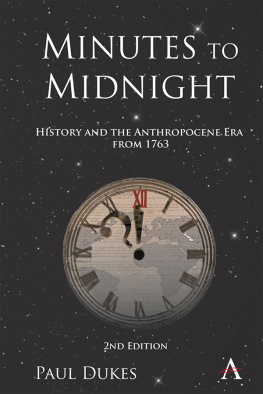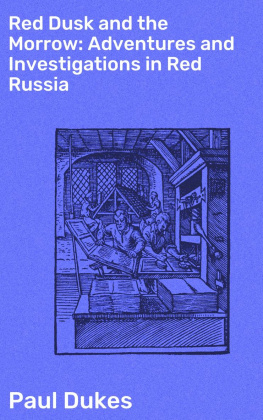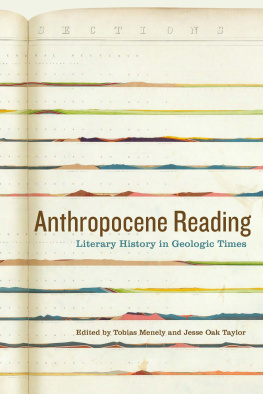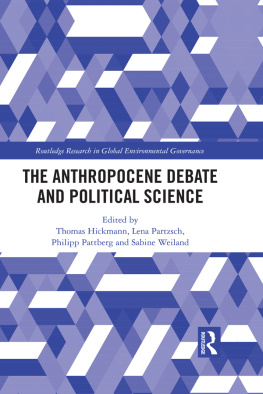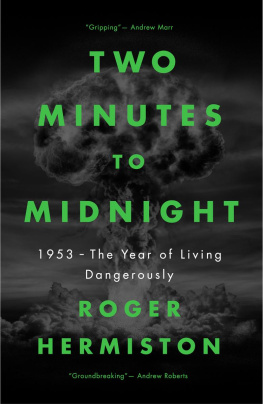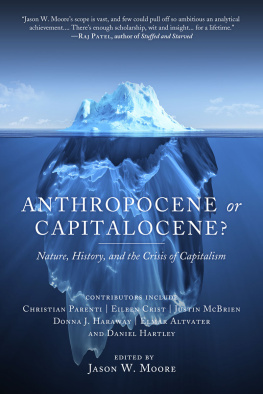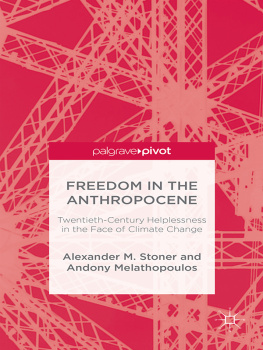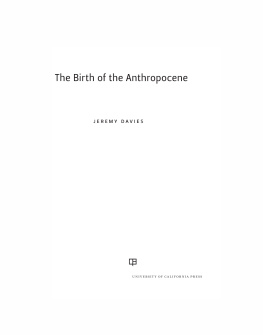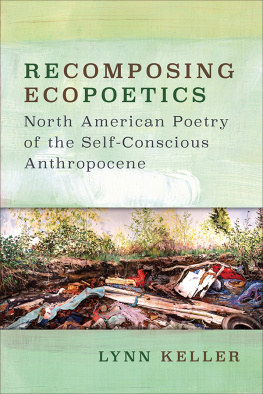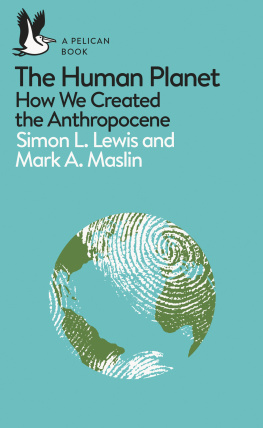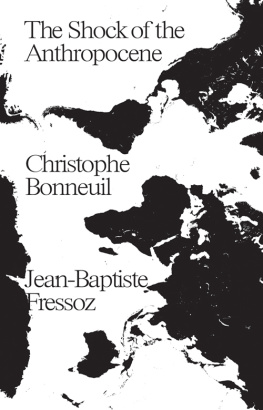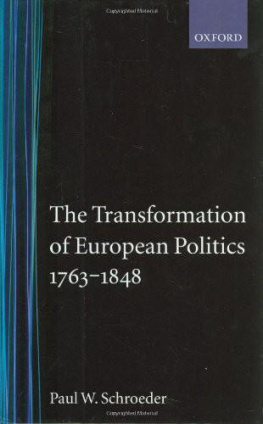Anthem Press
An imprint of Wimbledon Publishing Company
www.anthempress.com
This edition first published in UK and USA 2020
by ANTHEM PRESS
7576 Blackfriars Road, London SE1 8HA, UK
or PO Box 9779, London SW19 7ZG, UK
and
244 Madison Ave #116, New York, NY 10016, USA
First published by Anthem Press 2011
Copyright Paul Dukes 2020
The author asserts the moral right to be identified as the author of this work.
All rights reserved. Without limiting the rights under copyright reserved above, no part of this publication may be reproduced, stored or introduced into a retrieval system, or transmitted, in any form or by any means (electronic, mechanical, photocopying, recording or otherwise), without the prior written permission of both the copyright owner and the above publisher of this book.
British Library Cataloguing-in-Publication Data
A catalogue record for this book is available from the British Library.
Library of Congress Control Number: 2020940389
ISBN-13: 978-1-78527-498-5 (Pbk)
ISBN-10: 1-78527-498-8 (Pbk)
This title is also available as an e-book.
To Joseph, Ike, Francesca and Samuel and their generation
In 2011, when Minutes to Midnight was first published, the Doomsday Clock was set at five minutes before the fatal hour; the atomic scientists were confident enough to assert, We are poised to bend the arc of history. In 2020, in a state of alarm, they broke the two-minute barrier to set the clock at 100 seconds before global disaster and to declare:
Humanity continues to face two simultaneous existential dangers nuclear war and climate change that are compounded by a threat multiplier, cyber-enabled information warfare that undercuts societys ability to respond. The international security situation is dire, not just because these threats exist, but because world leaders have allowed the international political infrastructure for managing them to erode. (Bulletin of the Atomic Scientists, online)
This warning was published before the outbreak of the coronavirus pandemic, which has compounded the major threats to humanity.
Meanwhile, also since 2011, the Anthropocene Epoch has been more widely recognised as marking the confluence of two kinds of time, the historical and the geological. Era, a geological term used in this instance by a minority of specialists, has seemed to me rightly or wrongly more appropriate for a book mainly concerned with history.
Anthropocene (human recent time) was introduced in 2000 by the Nobel Prize winner Paul J. Crutzen and his colleague Eugene Stoermer. The two chemists dated the beginning of the epoch from 1784, when James Watt perfected the modern steam engine, choosing this date because during the past two centuries, the global effects of human activities including an increase in carbon dioxide and other greenhouse gases have become clearly noticeable. However, they also suggested that their choice might seem somewhat arbitrary and that alternative proposals can be made (some may even want to include the entire holocene [wholly recent time], or Before Present beginning in 11,650 BC, with present defined as 1 January 1950).
In 2009, the International Committee on Stratigraphy set up the Anthropocene Working Group (AWG). On 21 May 2019, the AWG published the results of a binding vote by its members. They expressed their commitment to the search for a new unit of geological time scale via a Global boundary Stratotype Section and Point (GSSP) commonly known as a Golden Spike. Its beginning would be optimally placed in the mid-twentieth century and would include the Great Acceleration occurring in the global economy and world population as well as atmospheric pollution. And an array of geological proxy signals, the sharpest and most globally synchronous of which might form a primary marker, would be made by the artificial radionuclides spread worldwide by the thermonuclear bomb tests from the early 1950s. The search for a Golden Spike was well under way.
In 2018, Simon L. Lewis and Mark A. Maslin published a book entitled The Human Planet: How We Created the Anthropocene, enlarging on their article in the leading journal Nature in 2015. The two scientists, concerned with global change and earth system respectively, put forward the idea of an Orbis Spike: applied to the whole world; based on a minimal reading of atmospheric carbon dioxide in 1610; and including the emergence of the Columbian exchange between the Americas and the rest of the world involving plants, animals and diseases.
Taking into consideration these recent developments in the setting of the Doomsday Clock and in the discussion of the Anthropocene, I believe that the late eighteenth century remains the most appropriate point of departure for the fulfilment of this books aims: (1) to note major advances in the natural sciences and their application; (2) to set out an analytical master narrative; (3) to pay particular attention to the development of history as an academic discipline and to illustrate its response to the changing circumstances of successive periods. To reach these aims becomes more elusive the nearer we approach the present, since it is more difficult to analyse than the past. Nevertheless, the major task of this second edition has been to update them.
I need to emphasise that, although my approach might appear to be Eurocentric, it is in fact global. Using its superior force, the West dominated the world from the eighteenth to the late twentieth century, while making by far the greatest contribution to climate change. It is only recently that what we used to call the Orient has fully awakened, and even now academic discourse is still conducted mostly in terms first used in the Enlightenment of the eighteenth century.
As before, I have attempted to play the part of the impartial spectator as in Adam Smiths description, witnessing how the interpretation put forward by him and Adam Ferguson in the context of James Watts radical improvement of the steam engine in the late eighteenth century was refined in the nineteenth century as the industrial revolution advanced, but was also distorted by several influences, in particular nationalism. The study of history suffered from these influences, but was poised for a new scientific departure at the turn of the century before even stronger nationalist interpretations rendered this departure difficult, even impossible through most of the twentieth century, while new problems arose at the beginning of the twenty-first century. My hope is to add to an understanding of how we have reached our present predicament, and thus perhaps to make a contribution however small to its resolution. Ceasing to be the impartial spectator towards the end of the final chapter of the book, I argue for the necessity of a scientific approach to history merging with all other academic disciplines.
I owe much to Nick Fisher, sometime editor of the British Journal for the History of Science, and to Michael Dey, whose doctoral dissertation concerns Adam Smith and Adam Ferguson, both of whom have made most helpful readings of this second edition as well as contributing to my education for many years: many thanks to both of them and to Graeme P. Herd, who has also made me think again about the aims of the book and its contents. I renew my gratitude to Murray Frame, Mark Levene, Marshall Poe and Ian Thatcher for their generous appraisal of the first edition. Many thanks, too, for Megan Greiving and other associates of Anthem Press who have seen the second edition through to publication in an efficient and sympathetic manner.

